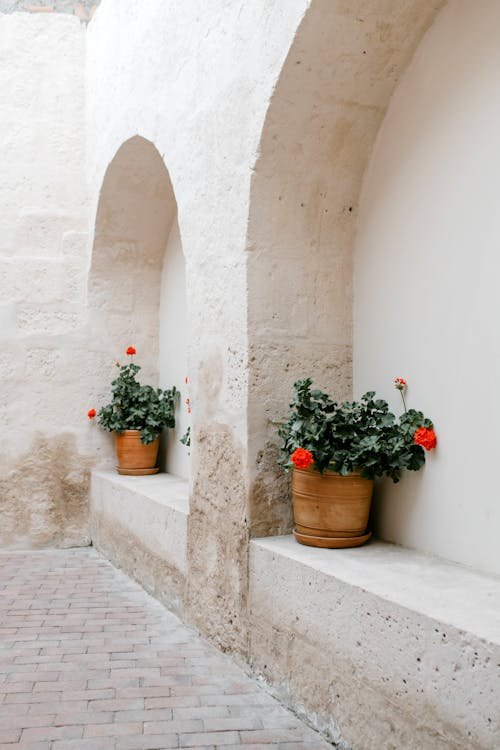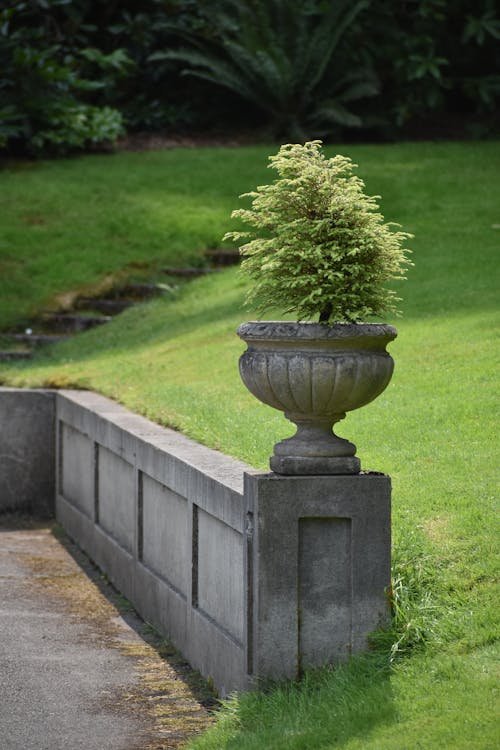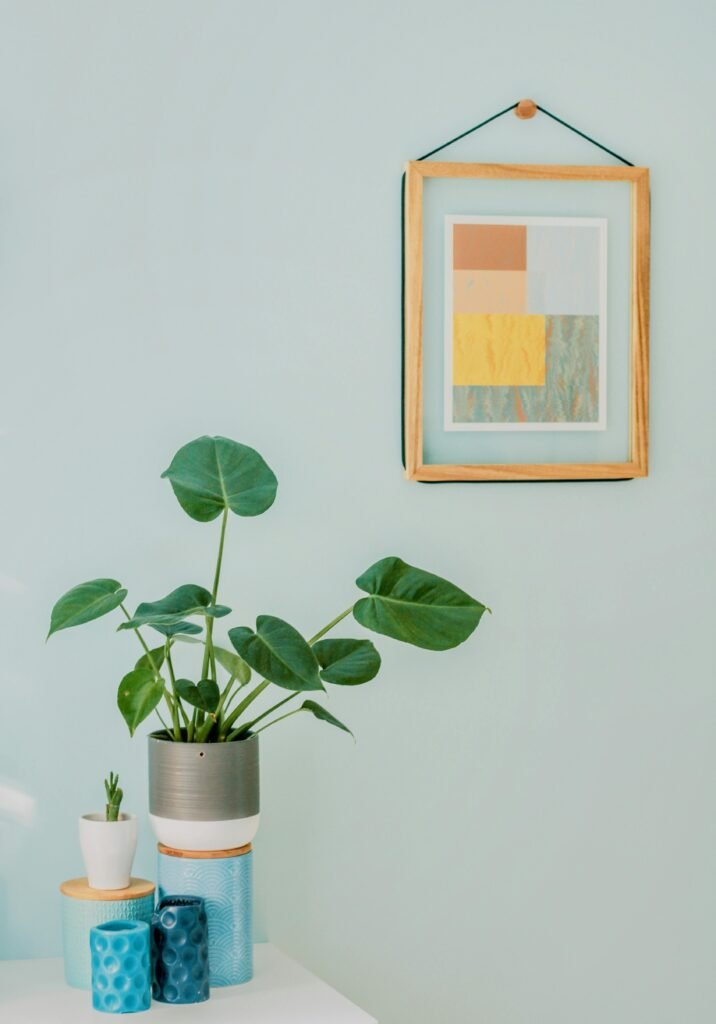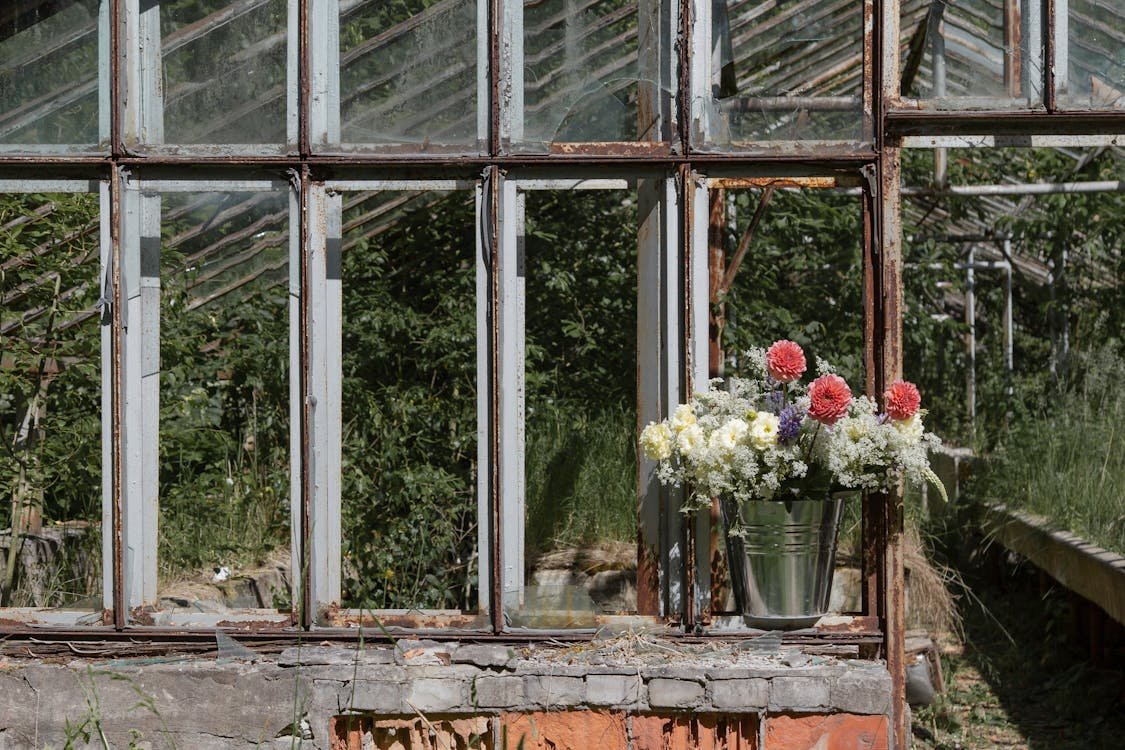Last Updated on August 26, 2024
Proximity to nature enhances well-being, making biophilic design elements integral to modern interiors. Planters, now vital to this green trend, serve as more than decorative pieces—they’re stress relievers and mood boosters. Pramita Bose explores the art of container gardening with pots and planters.
To add an element of magic, drama, positive energy and a biophilic factor to your indoors as well as outdoors, you need lots of greens from the lap of nature. “Pots and planters are the best option to be tried and tested for this as in the form of decorative foliage and flower bud containers, they can give one a perfect opportunity to remain rooted to the verdant, pure and organic Mother Nature,” concedes reputed interior designer Punam Kalra, who doubles up as the creative director of her Delhi-based design and manufacturing studio, I’m the Centre for Applied Arts.
Bedecked containers in which seeds are sown and plants are grown could be the new biophilic item to heighten your interior designs to an all new level. Planters, baskets, bowls, jugs, pitchers and troughs fashioned out of ceramic, metal, wood, concrete, terracotta, plastic, glass, bronze, bamboo, wicker, rope, tall plant stands, unique DIY materials are not only a soothing treat to the eyes but also a vital ingredient of eco-friendly furnishings in today’s private and public spaces.

Placed along the lush grassy manicured lawns; displayed in the portico or the projecting porch of a villa, cottage or a bungalow; dotting the pebbled sidewalk or gracing the patio of an adjoining residence; mounted upon spacious walls; hanging from the ceilings; beautifying the balcony edges and railings; coiling and spiraling up the fence of a plot; dangling from a vertical orchard; occupying the rooftop with a patch of terrace garden or lined up in the corner of your living room and the bedroom windowsill or a box grill — planters with leafy, fruity and floral sprouts are increasingly becoming an integral part of contemporary landscaping concepts and sustainable interior décor.
Trendy and functional, pleasant and environmentally friendly — planters either with support or freestanding can be used to hold natural as well as artificial plants. While the former needs to survive with correct care, the latter requires no watering, pruning, sunlight and nourishment for its sustenance.
Also Read This: Bow Down to Bow Fashion
Planter Facts
Coming in varied measurements, planters encase loads of greens within its bounds. Offering a slice of nature with a fresh lease of life to our mundane existence, the vessels could be carved and crafted out as a lean vase or a hefty planter box.
There are different types of planters found in the market:
- Material matters: Polished brass planters with black metal legs are rising to fame as a minimalist’s choice alongside ceramics, while the sculptural varieties with glass and acrylic body emerge as artistic picks.
“Having been gardening for decades now on my personal tract of farmhouse land in the outskirts, I have a fixation for planter mediums and designs. To me, handcrafted materials like terracotta, wicker, bamboo, et al unerringly add an eco-conscious angle to the pieces. In today’s times, even unconventional containers like flasks, shoes, bottles, tumblers, basins, pans and mangers are modified as planters, leaving our imagination running riot,” shares middle-aged homemaker and a retired Botany professor Kamna Malhotra.

Those who are adventure freaks and avant-garde art addicts, may also look for planters with kitschy paints, insightful emojis, human figures or animal body-shaped holders and statement doodles.
- Shapes & sizes: In a nutshell,planters have come a long way from the traditional pot silhouettes. The current-day shop shelves for planter purchases comprise towering cylinders, cocooning curves and handwoven baskets, which enable buyers to dive deep into the styling of a space. “The notion of retailing has undergone a sea change, re-defining the thoughts behind translating an idea into reality and upgrading the quality of products put on sale,” infers a veteran planter seller from his roadside nursery.
- Specific spots to arrange an array of planters: New-age homes with AI-aided appliances and funky architectural designs have taken furnishing specimens and décor objects beyond the ‘showpiece’ tag and planters are one such item that definitely adds value to a property than just being tablepieces or balcony-garden constituents. They have over time become standalone objet d’ art or a collector’s item with a utility aspect that either accompanies furniture or gets included as aesthetic garden sculptures, thus brightening the herbs, shrubs, trees or kitchen produce.
Also Read This: 3-Day Turkish Delight: Istanbul’s Historic Charm
They may adorn the foyer area with bespoke planter stands, turn the sofa set into cushier seats as floor vases, de-stress and ease the workstation pressure as a partition indicator or hang atop the kitchen counter as suspended planter boxes. Also, in the backyard of a house, near a pool with sunloungers on its fringes, overlooking the sitting unit with a fire pit at the centre, skirting an adjacent interactive kitchen for barbecue parties under a shade — custom-built planters evoke a sense of calm cosiness and a relaxed ambience all the way.
- Colour code: While pastel shades render a fresh appearance to the planter variants brushed with multiple coats of water- and weather-resistant paints, the golds of brass and the off-whites of ceramics radiate a timeless appeal and are favoured by the majority.
- A tapestry of patterns & motifs: From perfectly ribbed patterns in ceramics, engraved figurines and stylised depiction of surreal sceneries on the plaster of Paris to delightful visual imperfections in hammered brass and crackled glass — the diverse textures narrate an interesting story of their own in each creative output. Spinning a yarn, planters’ tales can be ingrained with a comic filament springing from a pop of colour in geometric forms interlocking at odd angles or else delineating images of surrealist art and paintings with bizarre human or chimerical animal forms. It could be quirky to its core at times.

Priceless Value
Planters can unlock their worth in enormous capacity to both the indoors and outdoors of a residence. “They absorb the goodness of nature, invigorate our spaces with great amount of infectious green energy, teach us to nurture nature even in limited spaces, attract biodiversity amid concrete jungles and orchestrate a new beginning by inviting clean and filtered air (purifying the pollution from outdoors) all around. This, in turn, reduces stress levels in the indoors, forming a noise buffer in the middle. Thus, planters have plenty to provide than what merely meets the eye,” explains Kalra.
Receptacle of Greenery
Distinct saplings and sprigs can be grown in planters or decorative petal pots. Both flowering and non-blooming plants ranging from peace lilies to ferns and spider plants seem the finest choices. Succulents like jade and cactus among others are much preferred and dubbed low-maintenance alternatives, conveying a rather hygge effect to a space.
Base for Bonsai
The bonsai plants with their striking trunks stand out in shallow planters with ovoid or cuboid silhouettes. “Traditional terracotta or clay planters are found to be ideal for their growth. However, to remind gardeners of the wild side of nature, rough-cut rocks or chiseled stone bases as plant holders can aptly conjure up a raw, virgin, dense and a bushy forest-like milieu,” observes Kalra.
Normally, horticulturists and landscape designers get immersed into tilling ornamental plants when it comes to container gardening that is such a thrillingly satisfying activity. Such seedlings are germinated and grown for their beauty, fragrance and the manner in which they transform a given tangible space.
Also Read This: The Ultimate Guide to Millennial Luxury Real Estate
Garderner’s Tools
Usually, taking care of plants is like fostering and promoting life with adequate nourishment. Air, water, sunlight, soil, carbon dioxide for photosynthesis, fertilisers or manure and organic, decayed matter for composting are the fundamental requirements for growing plants in the planters.
You don’t necessarily have to be a farmer girl or a boy getting your hands literally dirty in the soil. Particular gardener’s tools should be used in nestling and raising plants in the containers. For instance, potting mix, trowel, hand pruners, watering can or a hose pipe, fertiliser, gloves, plant markers, mulch, dip trays or saucers are some of the key instruments that fill up a gardener’s kit.

Symbol of Sustainability
Planters are being increasingly used as embellishing items in several spaces like offices, parks, malls, restaurants, apartments, social ceremonies — both in public and private spheres. The query that repeatedly crops up is whether its popularity lies in its beauty alone or in the fact that it also adds a biophilic element or a piece of nature to the overall décor, thus underpinning sustainability in the process.
Landscaper’s Dream Design
With the concept of landscaping becoming a huge rage, backyards or frontal lawns with pergolas, gazebos and sunlounges are being constructed to add some greenery to respective designers’ pet projects. Experts fathom that planters can be a great value addition to this concept.
Planters as quality enhancers of everyday space are a quicker yet richer addition to the biosphere. They can be singular, standing as a statement piece in the spotlight or get assembled in clusters. Prominently integrated into modern-day layouts, planters can demarcate spaces, tickle one’s curiosity, capture attention or even create an illusion that can bring out the different facets of a regular, ordinary space.

- This article, written by Pramita Bose is a freelance writer with expertise in features, health, and finance. With a strong journalism background as a reporter and blog editor, she explores the world with curiosity, translating her insights into meaningful expression. Fascinated by the power of words, creativity drives her through life’s challenges.


